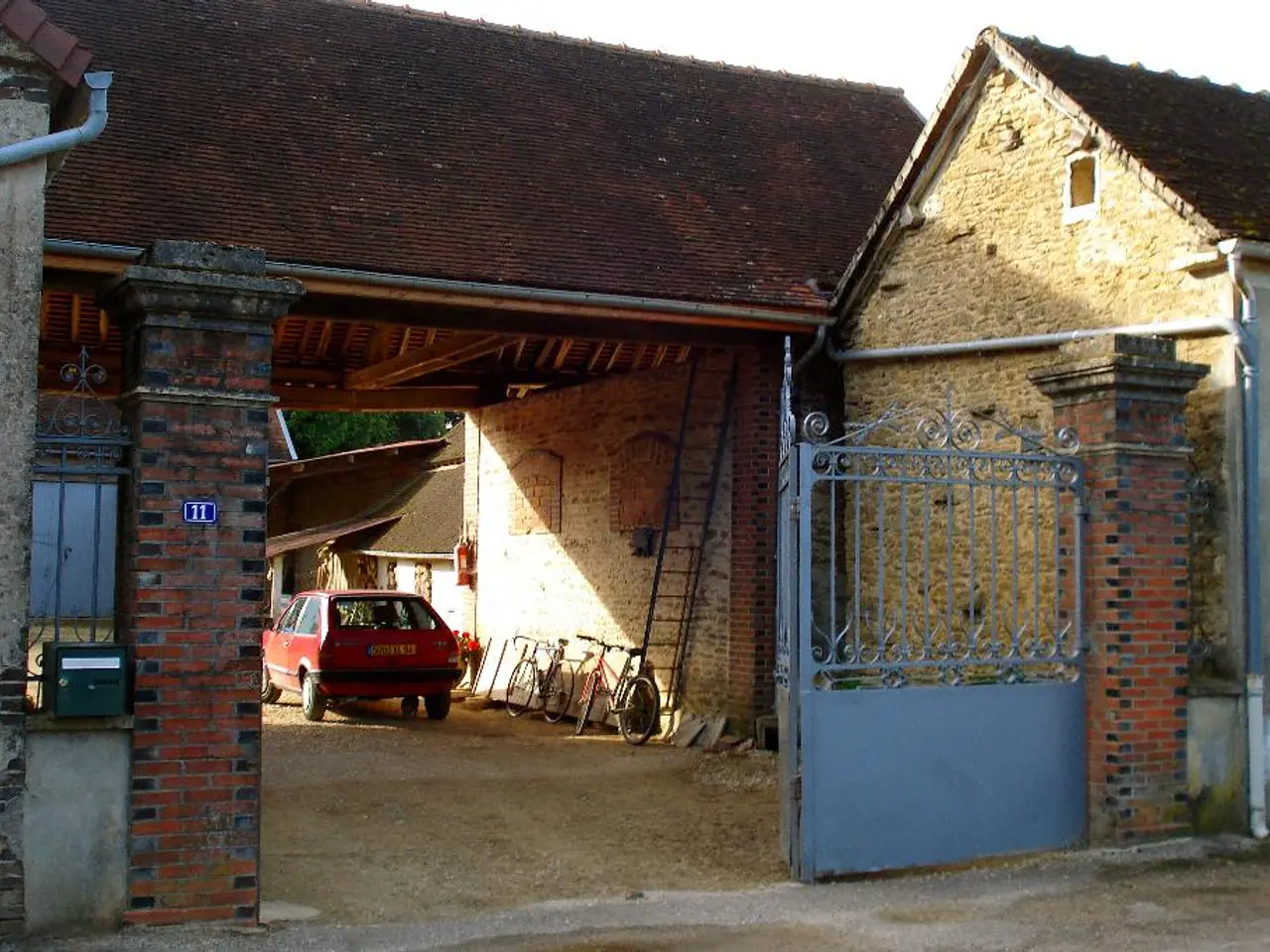Engineers' impact on shaping local London neighbourhoods unveiled by youth
The Hidden Engineering project, a unique educational initiative in London, is transforming the way under-represented secondary school pupils perceive engineering by showcasing its crucial role in shaping public spaces, art, and play areas within their own neighbourhoods. 1
This project, a collaboration between the Royal Academy of Engineering and various partners, aims to break down barriers between the people who create public spaces and the people who live in them. By partnering engineers from consultancies, development corporations, and local councils with schools in London, it provides a platform for hands-on learning and interaction. 1
The programme empowers students to rethink their built environment, promoting ideas such as sustainability, diversity, and welcoming spaces. For instance, pupils engaged in redesign exercises for local areas like Fiddler’s Green, discussing elements of healthy streets and infrastructure improvements. 1
In addition to this, the project focuses on upskilling engineers to better communicate their work to public audiences, fostering meaningful interaction between professionals and pupils. The result? Nearly 90% of participating pupils reported a stronger understanding of engineering’s impact on society, and about half expressed increased interest in pursuing engineering further. 1
Key partners in the delivery include Sustrans, funding support from the Royal Academy of Engineering's Ingenious scheme, and a range of local engineering and regeneration organizations. Schools involved have included City of London Academy Islington, Greatfields School, and the Phoenix Academy. 1
When asked to describe a healthy street in three words, one pupil said: "sustainable, diverse, and welcoming". This encapsulates the project's mission to inspire students to consider engineering as a career and to encourage engineers to engage with their local communities. 1
Interestingly, female and non-binary students showed strong interest in engineering careers, often leading the design workshops. This demonstrates the project's success in reaching under-represented groups and fostering a more inclusive environment for future engineers. 1
In conclusion, the Hidden Engineering project is a significant step towards bridging the gap between engineers and young people from diverse backgrounds, making engineering visible, relevant, and inspiring within their own communities. It helps pupils see engineering as a creative and impactful profession tied closely to shaping their neighbourhoods for the better. 1
- The Hidden Engineering project, by incorporating technology into its educational approach, aims to interest students in both engineering and technology fields, offering them a chance to explore how these subjects can shape their lifestyle.
- To further empower students and encourage lifelong learning, the project incorporates education-and-self-development modules, promoting not only technical skills but also critical thinking, collaboration, and empathy.




